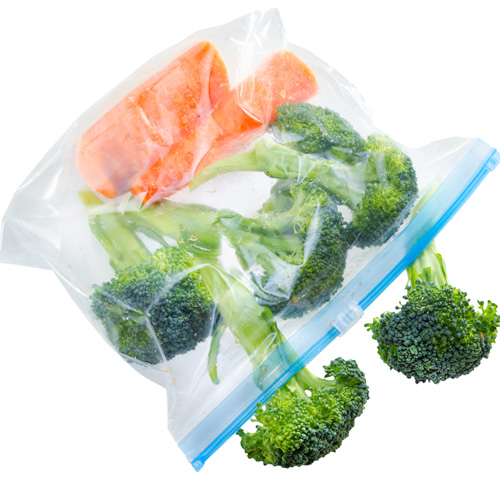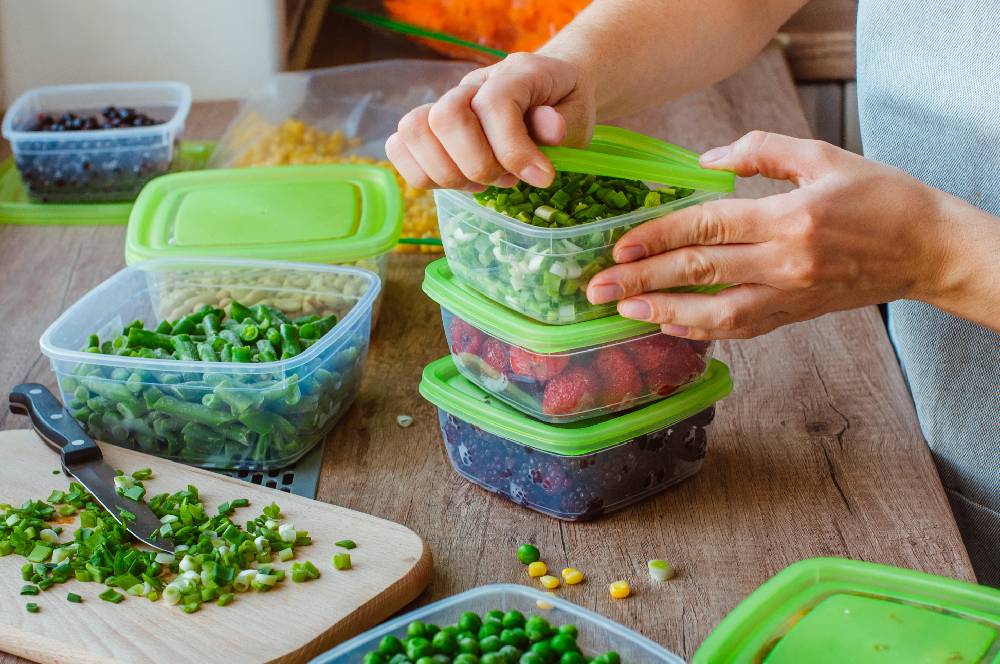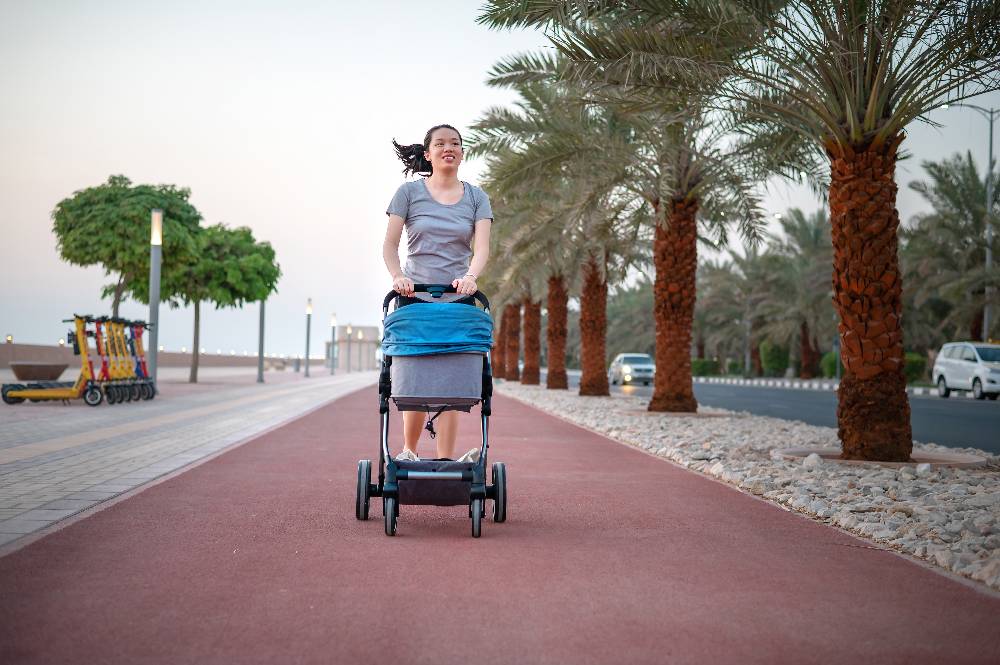Quizás hayas oído que a las primeras 12 semanas luego del nacimiento se las llama «el cuarto trimestre». En este período, el recién nacido aprende a adaptarse al mundo fuera del útero y tu cuerpo comienza a recuperarse para volver a su estado antes del embarazo. No hay dudas de que quieres hacer lo mejor posible en la maternidad, pero puede que tengas sueño, te sientas adolorida o estés emocional. Unos pocos cambios en tus hábitos pueden hacer que te sientas mucho mejor.










